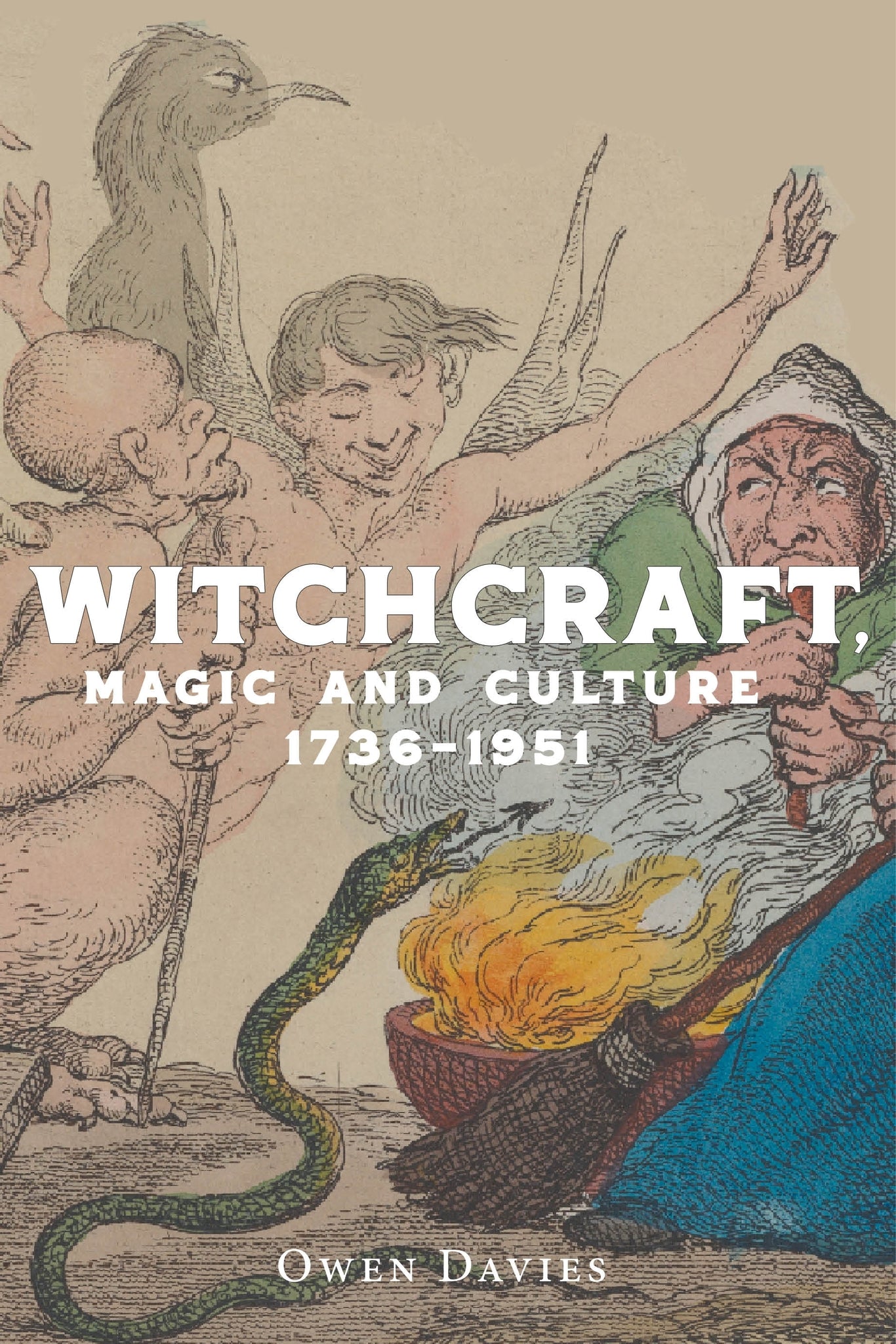We're sorry. An error has occurred
Please cancel or retry.
Witchcraft, magic and culture 1736–1951

Some error occured while loading the Quick View. Please close the Quick View and try reloading the page.
Couldn't load pickup availability
- Format:
-
07 October 2025

This classic study remains the definitive account of witchcraft and magic in the centuries following the witch trials.
The Witchcraft Act of 1736 brought an end to witch trials in Britain. But just because the law had changed didn’t mean people had stopped believing. Fear of witches and faith in magic persisted, and people suspected of witchcraft continued to appear in court until the early twentieth century, though by then it was their persecutors who were being put on trial.
In this book, Owen Davies traces the history of witches and magic in Britain from 1736 to 1951, when the Fraudulent Mediums Act finally erased the concept of witchcraft from the statute books. He reveals the grip that the supernatural continued to exert on the people of England and Wales in a period when the forces of progress were thought to have vanquished such beliefs.
Exploring how the population coped with the threat of witches once there was no longer any legal redress, and how accusations of witchcraft took shape during the eighteenth and nineteenth centuries, Davies provides a fascinating glimpse into a lingering world of supernatural belief.

HISTORY / Social History, Social and cultural history, RELIGION / Wicca (see also BODY, MIND & SPIRIT / Witchcraft), HISTORY / Modern / General, General and world history, Witchcraft

'With exemplary energy and imagination, Davies has uncovered vast patches of continuing “superstition” and magical practice, down into the twentieth century.'
Journal of Social History
'Davies's researches have revealed a rich, complex and shifting occult culture [...] A strong and stimulating study.'
Rural History
'Owen Davies’s book is particularly welcome and timely... it establishes quite clearly that magical beliefs and practices continued to flourish in Britain for more than two centuries after the repeal of the old witchcraft statute in 1736.'
Journal of Ecclesiastical History
Introduction
1 Educated attitudes towards the popular belief in witchcraft and magic
2 Popular justice and witchcraft
3 The witch
4 Cunning-folk, astrologers and fortune-tellers
5 Magic and medicine
6 Witchcraft, magic, literacy and literature
7 Cultural change
Conclusion
Index



